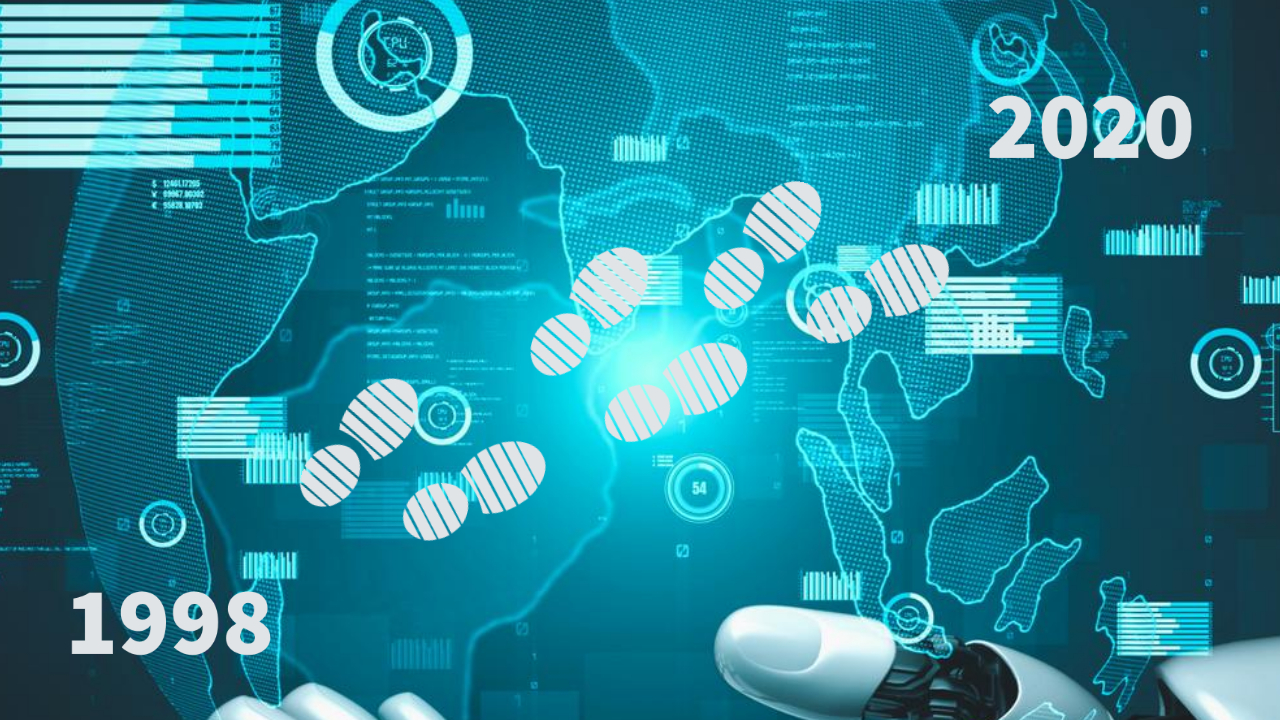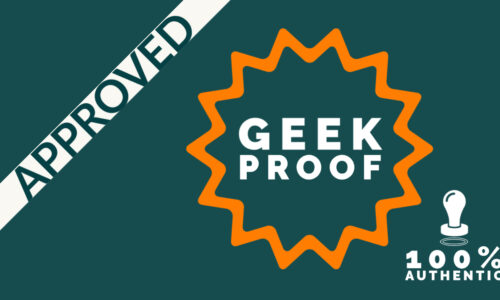
My 22-year journey with AI began at the beginning of 1998. I was waiting to go abroad to teach English. Right before departure, I was doing temp jobs, and one day the agency sent me out on kind of an unusual assignment. The client was Bell Canada, and we had to drive up and down the 401 speaking into a phone and saying various things into the phone that someone was testing on the other end for clarity.
There are two things that I didn’t realize then that I know now. The first is that they probably wanted people like me who speak English with an accent so that they could get a good cross-section of voices. The second thing, the most important thing that I realized later, is that we must have been testing Emily.
I no longer have a Bell home phone, so I don’t know if Emily is still around. However, if you had an account with Bell anytime in the last 20 years, you would know about Emily. Emily is a virtual assistant who would answer the phone when you called Bell Canada. She answered the phone as Emily and would guide you along through your options. For example, she would say something like, “Hi, this is Emily. Tell me what you need help with today.” Based on your answer, Emily would guide you along until you got to the information that you were looking for or a customer service agent.
I waited another seven years before AI came into my life again. In 2005, I went to a site that gave away free books. The title that I selected happened to be an audio book. I downloaded it, listened to it, and noticed that it was an artificial voice. This was the first time I had ever heard this kind of artificial computer-generated voice. Surprisingly, I had no issue with this whatsoever. It ended up becoming one of my favorite books. The mp3 file said it had been created by a company called Nextup, the creators of Text Aloud. I went to their website. On their website, I learned all about speech synthesis and natural sounding voices.
I immediately purchased the software. There isn’t enough time in this article to explain the impact this had on me, but I’ll try.
For the last 15 years, I have used this software to study several foreign languages, create bilingual versions of content, and read things that I did not want to read.
The third time AI showed up in my life was when I came back from a trip to Japan in 2007, had no one in Brampton to practice Japanese with, and wanted to create a virtual conversation practice partner. Many years later, this became Fluencyfix.com.
AI has many different applications. The thing about AI is that the way that it touched my life is not the same way it will touch yours.
You may be more interested in having your refrigerator order groceries for you or the great data you can collect through AI. However, it seems like every time a bit of AI came into my life, it had to do with language or second language acquisition.
A few weeks ago, I wanted to create a bilingual Spanish audio book. I hired some actors who told me that they were bilingual to create the book. The audio that they sent back was awful. It was filled with mistakes and really bad pronunciation on the English side.
I spent a week trying to fix all their mistakes before concluding that the project was a complete disaster. This could have been fixed by spending more money and hiring new actors. This was not in my budget. I decided instead to try a more affordable way to bring people bilingual content. I reasoned that by now, people are so used to talking to Siri and Alexa and Cortana, it will not be a stretch for them to listen to an AI-generated bilingual book. I invested in a multilingual speech synthesis service and began recreating the book. I then started adding features to it, like a little quiz to make it more useful in terms of improving listening. After some more testing and adding some more features, this became bilingual.ai.
My fourth encounter with AI happened by accident because a few actors messed up. This, however, has resulted in a product that offers not only bilingual content but spaced learning and a testing component that allows you to check if you really understood what you heard.
I am looking forward to finding out what my fifth encounter with AI will be. I don’t know if I want my fridge to order my groceries. So, I suspect it will again have to do with harnessing the power of AI to learn foreign languages.
This article was originally published on Medium on May 26th, 2020.
Obsolete links from the original article have been removed where applicable.



